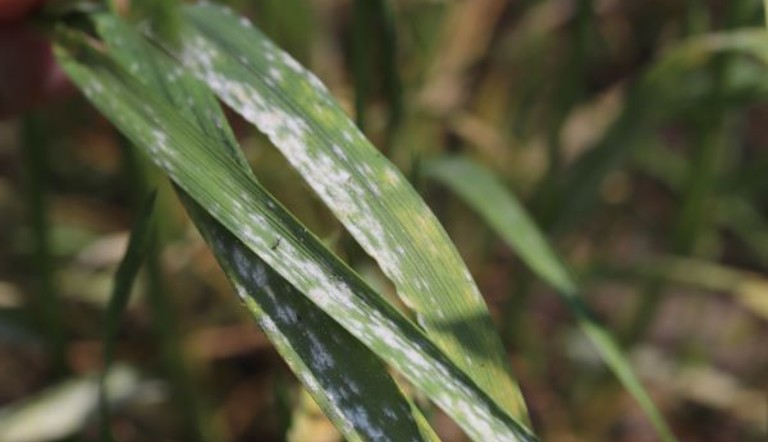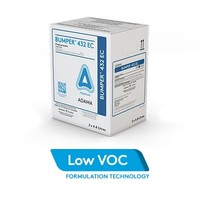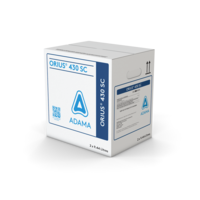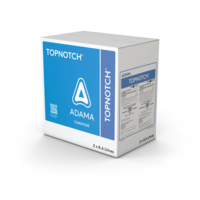
Pest Profile: Powdery Mildew

Powdery Mildew Identification:
The characteristic symptom of the disease is the production of a fluffy-white to grey fungal growth that often begins on the lower leaves and can move rapidly up the plant on the leaves, sheaths, stems and heads under favourable conditions. Leaves develop elongated yellow streaks or areas that may turn brown and die prematurely. Severely diseased plants may lodge or result in poor grain fill. Older, light grey areas of fungal growth often have small black spots.
Powdery Mildew Control Tips:
- Reduce disease risk by removing crop residue through tillage and using a crop rotation that limits wheat or other susceptible cereals from being planted in the field for a minimum of 2 years.
- Thresholds for fungicide applications differ depending on the age of the crop. For example, early-season powdery mildew control is warranted when 5-10% of the lower leaves are infected, and taking action may limit later infection.
- Excess nitrogen levels can contribute to the development of mildew.
| Registered Fungicides | Soybean | Barley | Wheat | Durum Wheat | Winter Wheat |
| BUMPER® 432 EC | X | X | X | X | |
| ORIUS® 430 SC | OX | X | |||
| Topnotch™ | X |
1For a listing of specific crops, refer to the product page
Always read and follow pesticide label directions.
Related Products

BUMPER® 432 EC
Broad-spectrum systemic fungicide that protects against yield and quality losses due to leaf disease.

ORIUS® 430 SC
Offers long-lasting, broad-spectrum protection against the most dangerous cereal leaf and head diseases with the flexibility of a wider application window.

TOPNOTCH™
Broad-spectrum disease control in multiple crops including cereals, field peas, edible beans and soybeans.